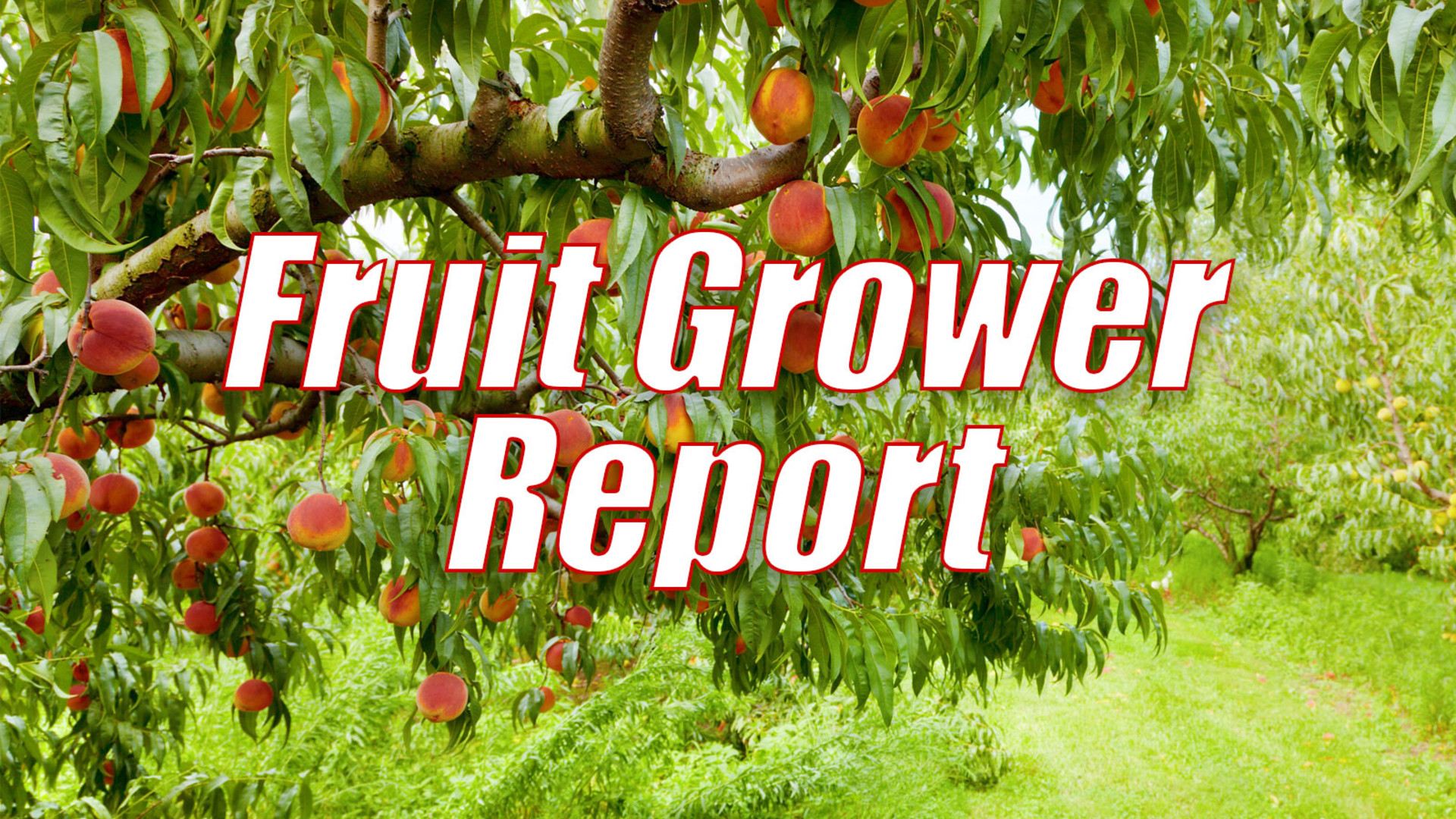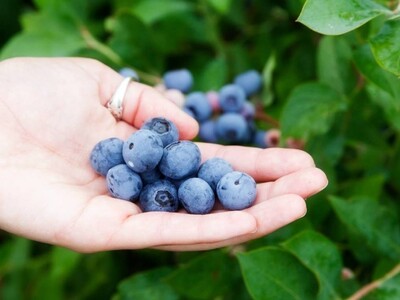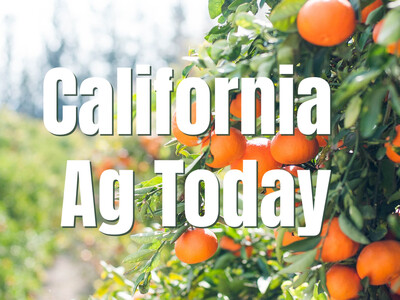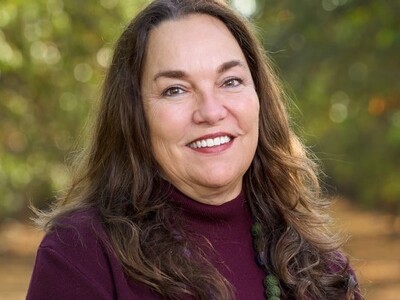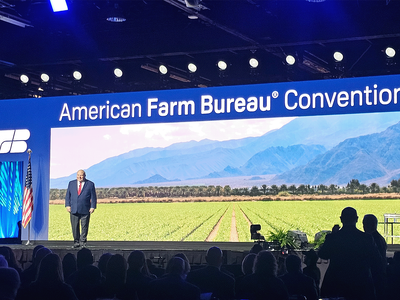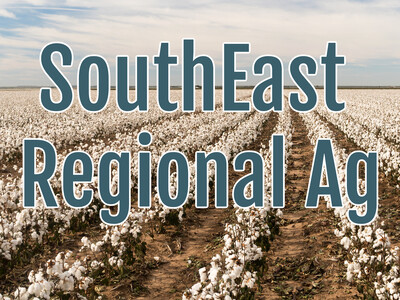Discussing Biological Control, Past & Present
Discussing Biological Control, Past & Present. I'm Greg Martin with today's Fruit Grower Report.Vince Jones, Professor of Entomology with WSU says they received a grant from the USDA and he talks about the objectives.
JONES: Overall we had six different objectives in this particular proposal and the first of these was to evaluate new pesticide effects on natural enemies both in the lab and in the field. The second was to develop sampling tools for some of the natural enemies because it's really difficult to find them. To develop phenology models so that we could reduce the natural enemy exposure to pesticides. To evaluate predators of codling moth. To look at the economics of enhancing biological control in the orchards.
Jones says a full 40% of this grant was actually geared towards outreach. He talks about the various natural enemies they were looking at.
JONES: We have eight different natural enemies we looked at. One of the things with these is to try to get some sort of common currency across all these different insecticides and the effects they have. They have a lot of effects other than direct toxicity.
They looked at a number of compounds.
JONES: Overall when you look at this one of the things to realize is that selectivity for a lot of pesticides must come from timing or changes in dose because they're really toxic if they fit the natural enemies and some of them also have residual effects.
And tomorrow we will dig a little deeper into this topic of biological control.
That's today's Fruit Grower Report. I'm Greg Martin on the Ag Information Network.


